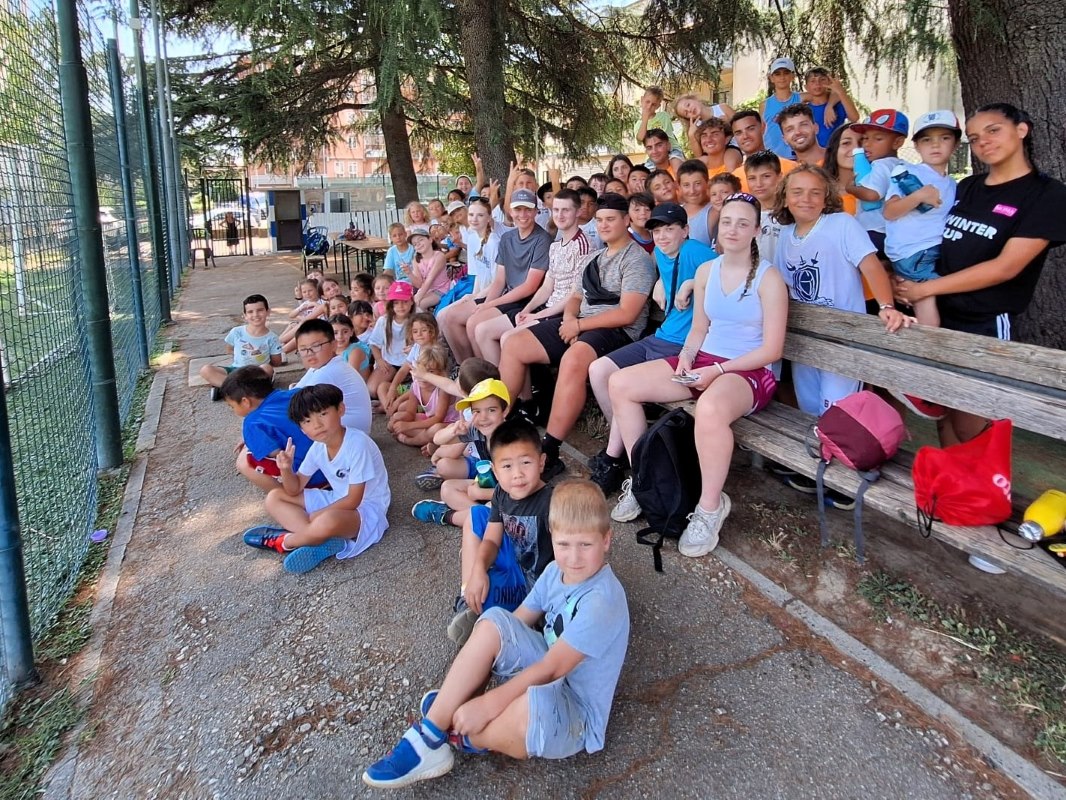Wireless communications rigger

Reference Number: ST0616
Details of standard
The Wireless Communications Rigger is a key member of the field-based wireless rigging team supporting the UK’s cellular network and its infrastructure. Comfortable working at height and outdoors in a physically-demanding role, Wireless Communications Riggers will be at the forefront of the nationwide roll-out of the 5G network whilst actively maintaining the existing 2G, 3G and 4G networks.
Wireless Communications Riggers can install large steel structures on towers and rooftops, adapting the existing structure in the process if necessary. They facilitate the lifting and lowering of equipment for installation and removal, install a range of cable types and sizes including Coaxial, CAT5/6 and Fibre Optic, interpret drawings and plans, demonstrate a range of climbing techniques and can even rescue colleagues in difficulty at height.
Wireless Communications Riggers work in a variety of environments including rooftop sites, towers and masts in greenfield sites or inner-city buildings. They must be equally adept working indoors or outdoors, in a variety of temperatures and weather conditions and sometimes at unsociable hours. Wireless Communications Riggers will generally form part of a 2 or 3-man team reporting to a team leader. They will be required to communicate effectively and sensitively with site providers, landlords and members of the public.
As the UK embraces the digital economy, the dependence on wireless communication platforms to handle larger data packages, fast delivery and wider coverage continues. There are approximately 1500 –2000 climbers in the industry with businesses ranging in size from international mobile telecoms companies to smaller regional subcontractors.
Typical job titles: Wireless Communications Rigger, Rigging Engineer, Telecomms Rigger
| Knowledge | On completion of the apprenticeship the Wireless Communications Rigger will have knowledge and understanding of: |
| Health, Safety & Environmental |
|
| Technical Knowledge |
|
|
Rigging & Working at Height |
|
|
Communication & Team Working |
|
| Skills | On completion of the apprenticeship the Wireless Communications Rigger will have the skills to demonstrate the ability to: |
| Health, Safety & Environmental |
|
| Technical Skills |
|
|
Rigging & Working at Height |
|
| Communication & Team Working |
|
| Behaviours | On completion of the apprenticeship the Wireless Communications Rigger will have the occupational competence to: |
|
Working Safely |
Work safely and reliably by taking responsibility for their own and others’ health, safety and security. Report accidents, near misses and unsafe conditions and practices without delay. Challenge unsafe behaviours and incorrect work practices and procedures |
| Accepting Responsibility | Take responsibility for their own actions and standards of work. Be aware of the limits of their own competence and seek advice when required. Cooperate with employers, other employees and site providers to ensure that their competence is maintained and up to date |
| Attitude and personal effectiveness | Show enthusiasm and a willingness to learn. Be able to work independently, using initiative to solve problems and plan and organise workloads. Act with integrity, and be respectful of others, honest and reliable. Deliver a professional service to all customers |
| Willing to learn and develop | Continually developing personally and professionally following current legislative and industry regulations and guidelines |
Entry Requirements:
Set by individual employers but may require a demonstration of fitness and/or ability to operate at height. All entrants must be a minimum of 18 years old at the commencement of their employment due to insurance purposes.
Qualifications:
Apprentices must achieve level 1 English & Maths and take the test for level 2 if not already done so prior to taking the End-Point Assessment. For those with an education, health and care plan or a legacy statement the apprenticeships English and maths minimum requirement is Entry Level 3 and British Sign Language qualification are an alternative to English qualifications for whom this is their primary language.
Duration:
18 months.
Level:
This is a Level 2 Apprenticeship.
Review date:
After three years.
Crown copyright © 2019. You may re-use this information (not including logos) free of charge in any format or medium, under the terms of the Open Government Licence. Visit www.nationalarchives.gov.uk/doc/open-government-licence











Responses